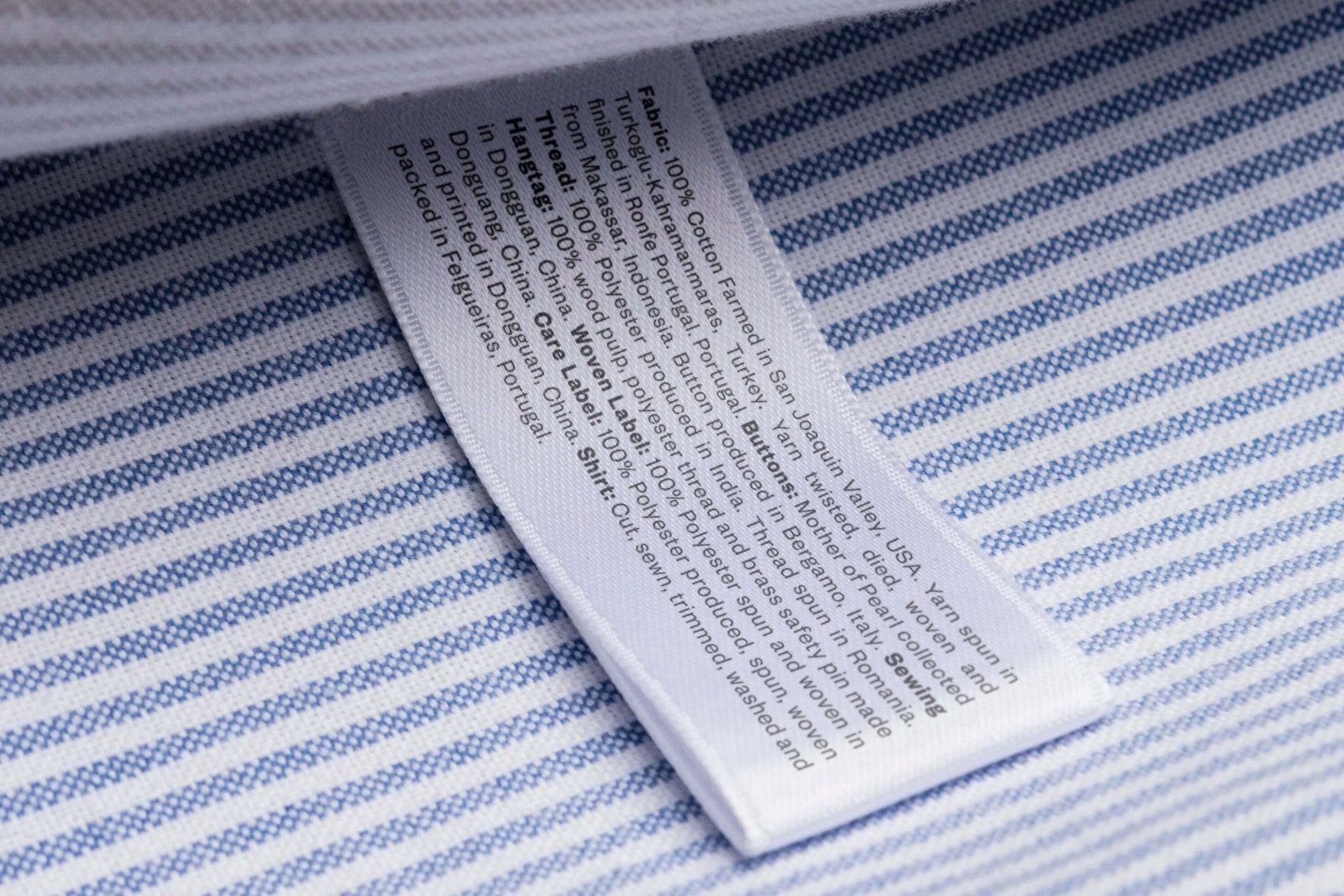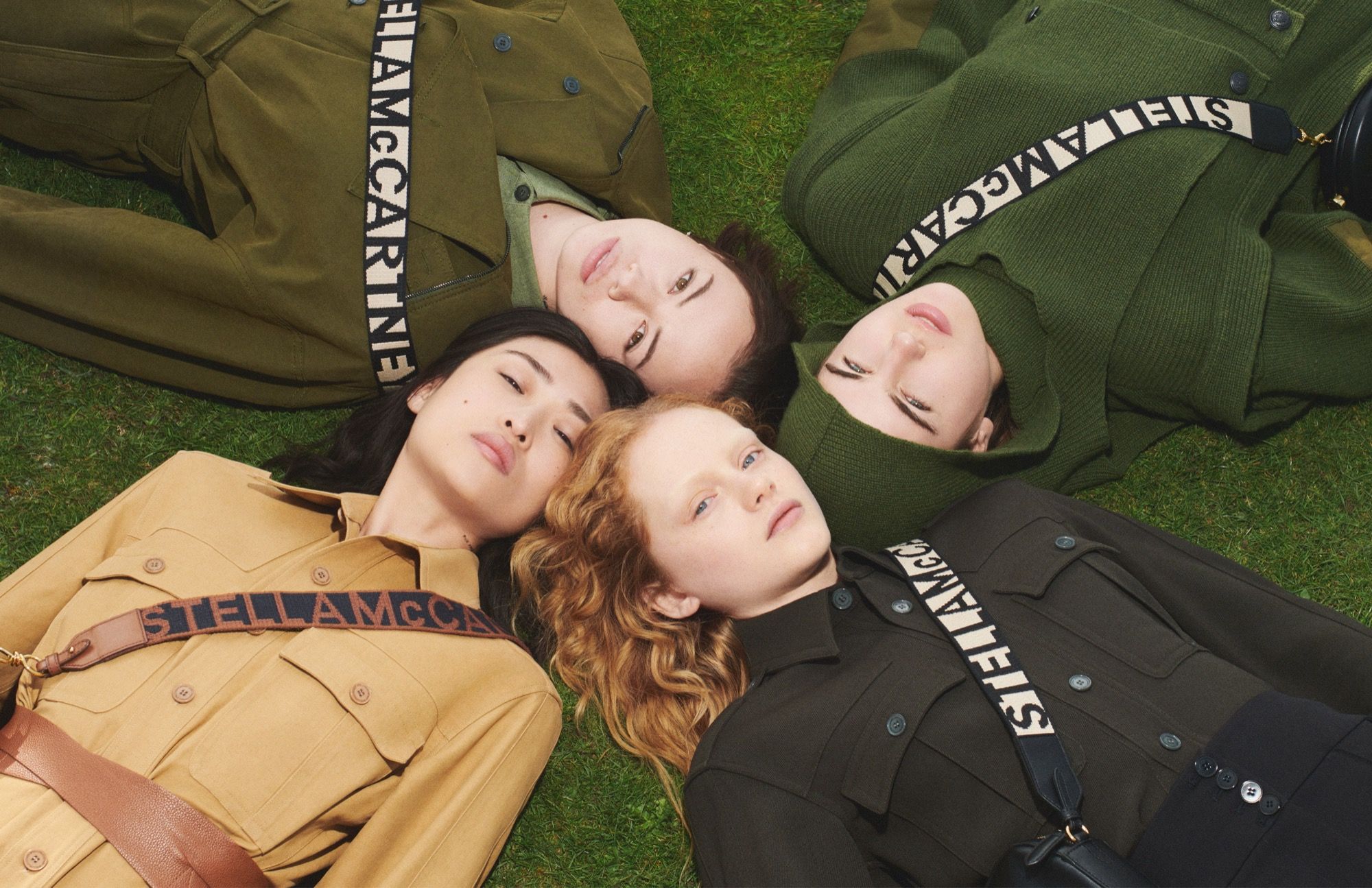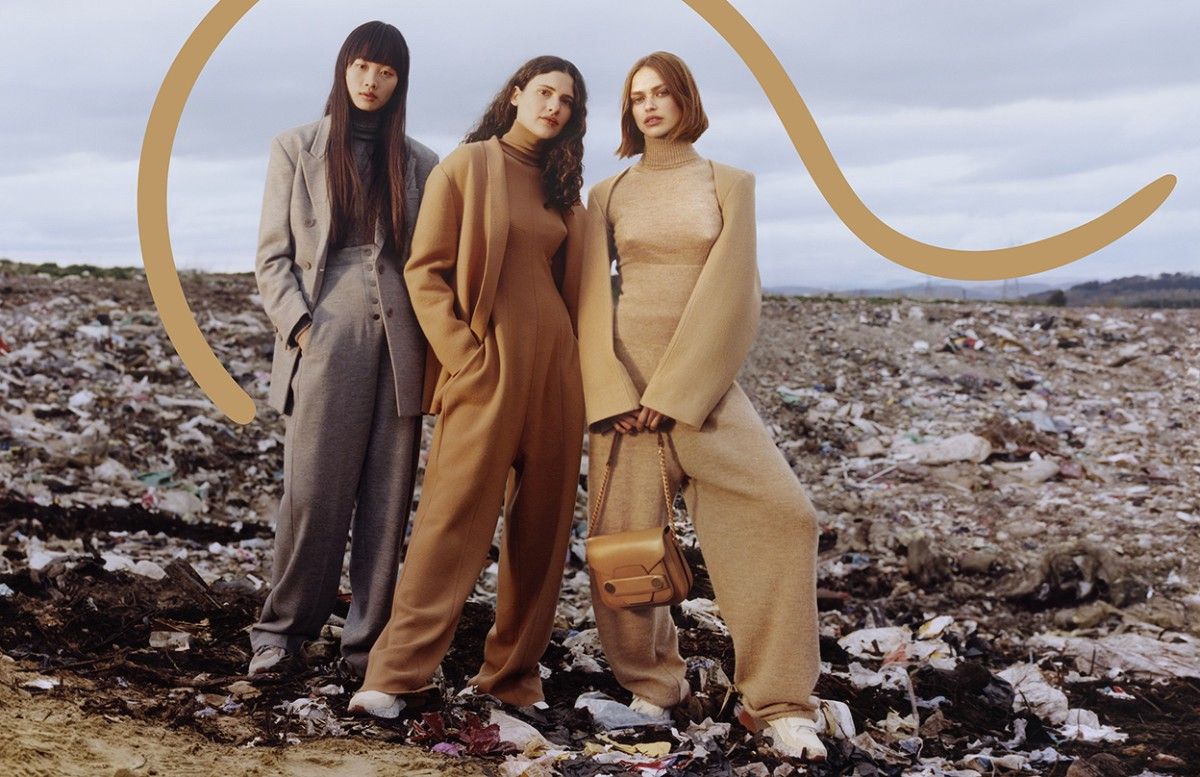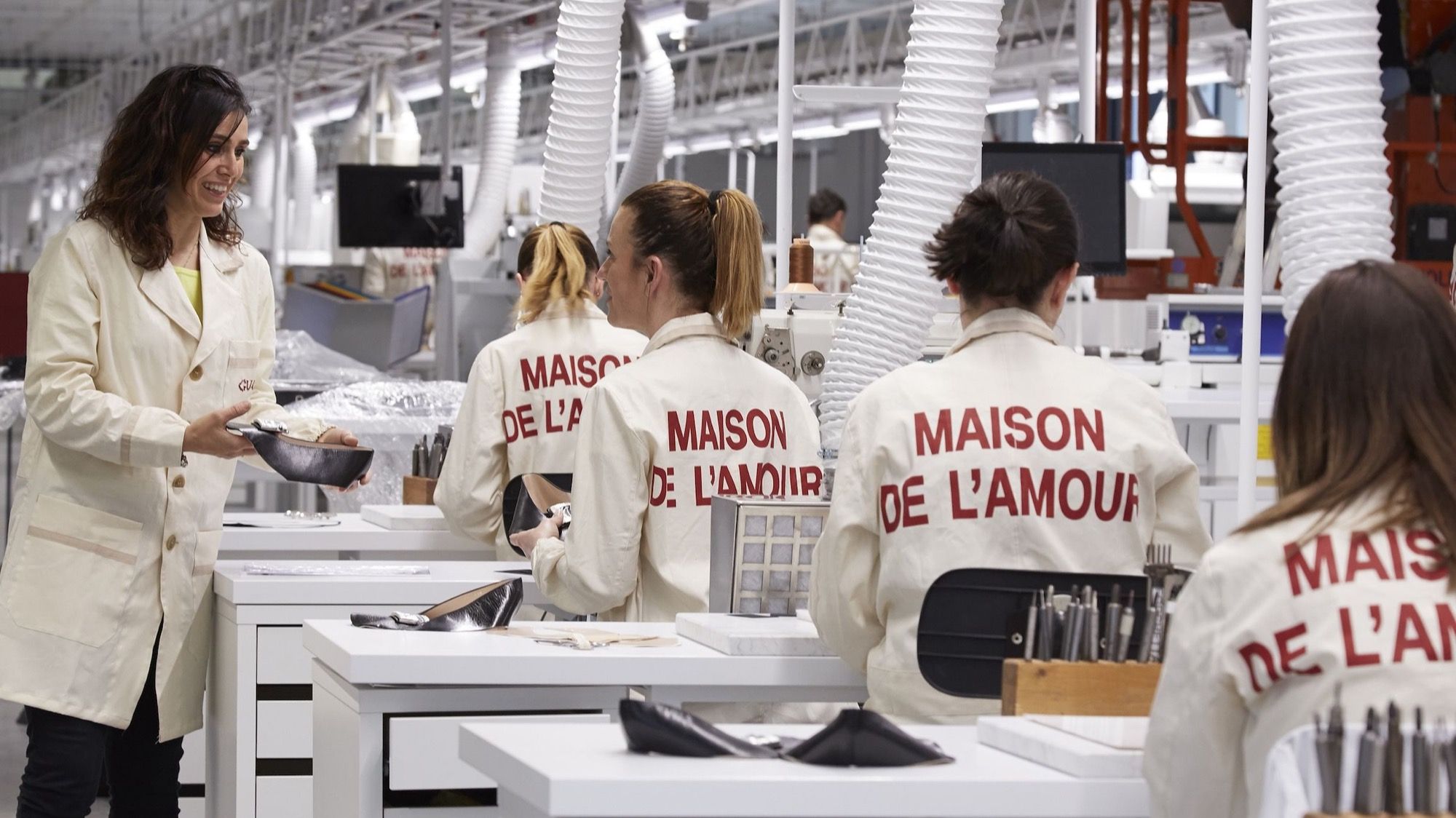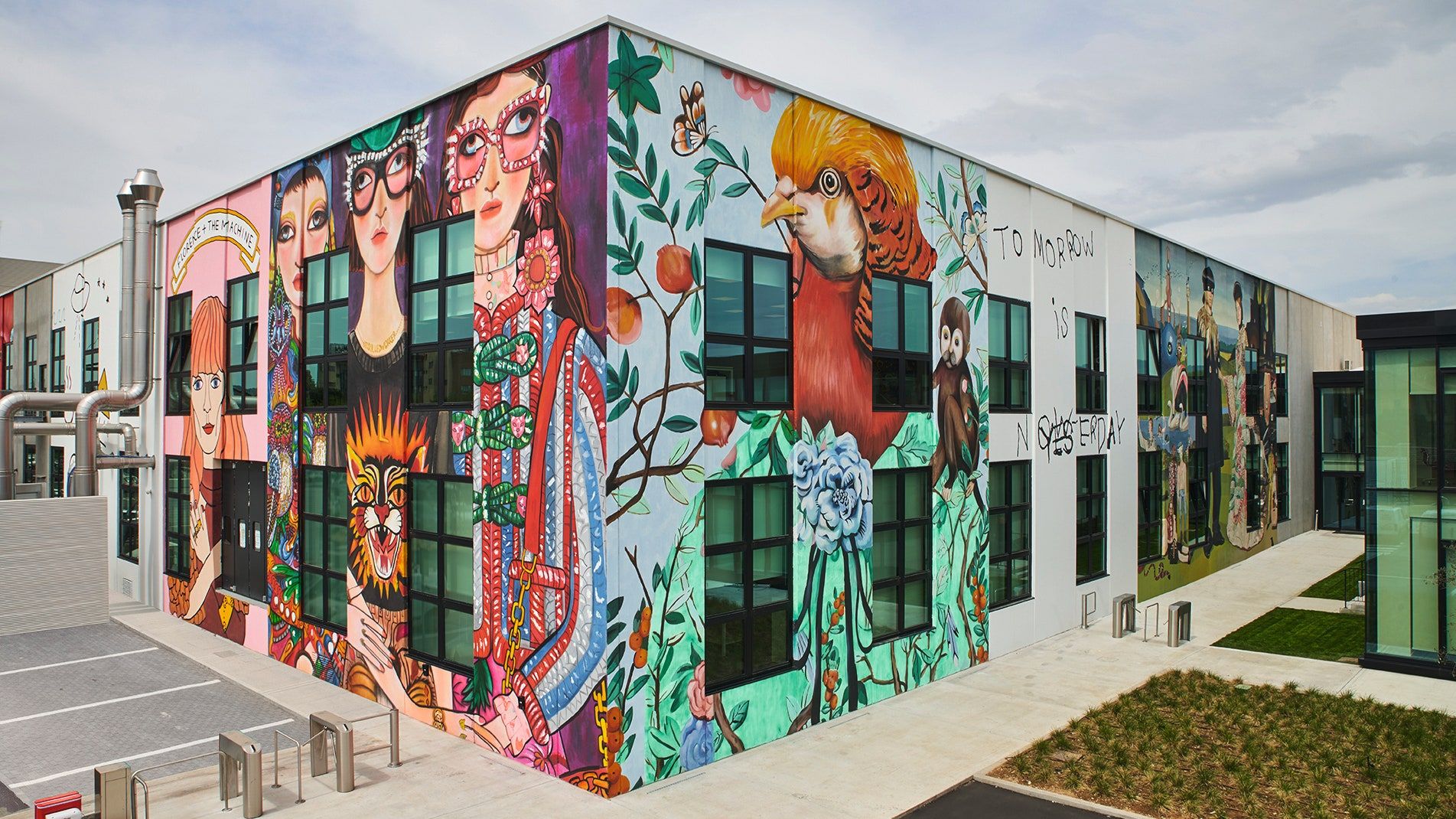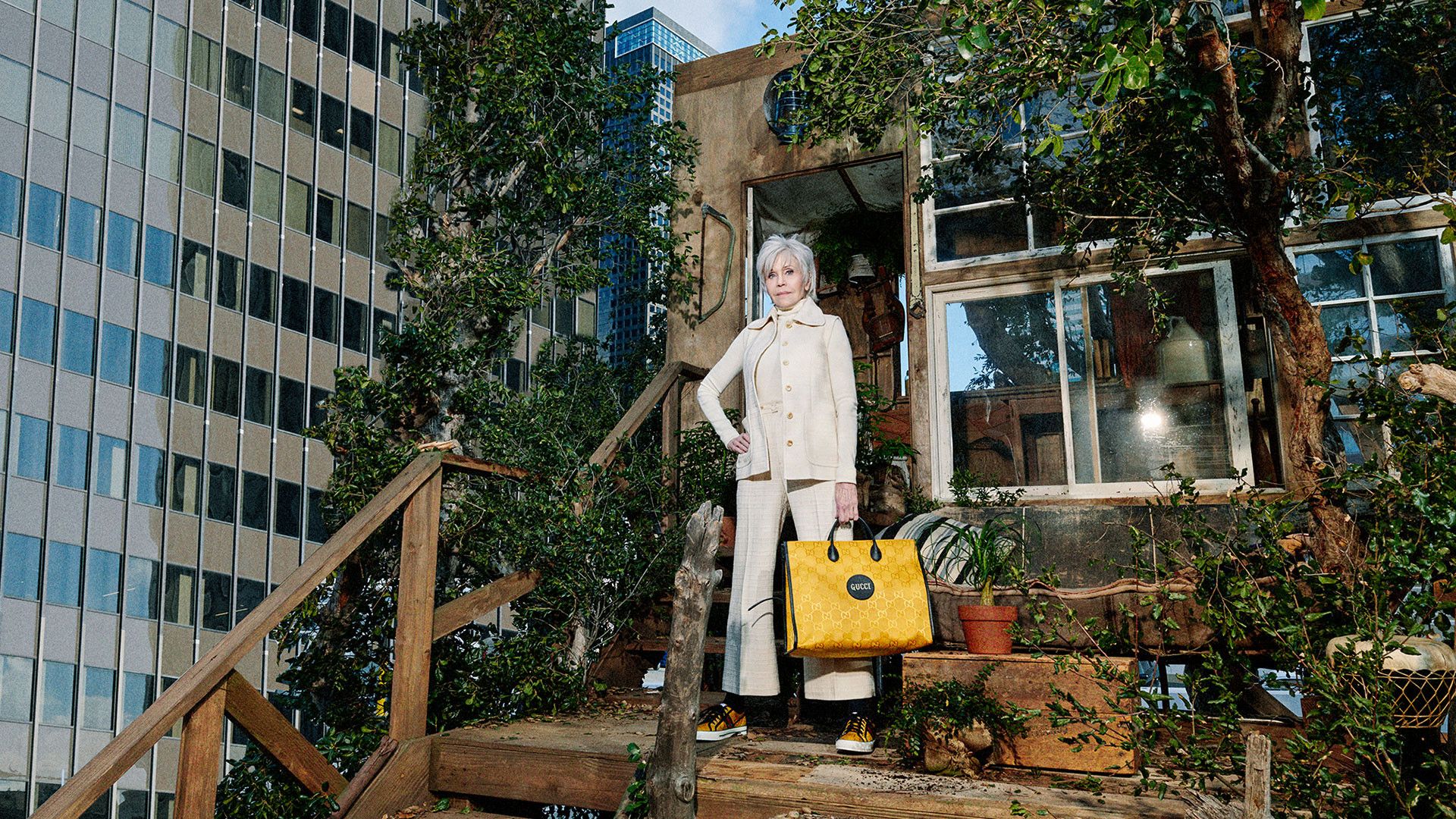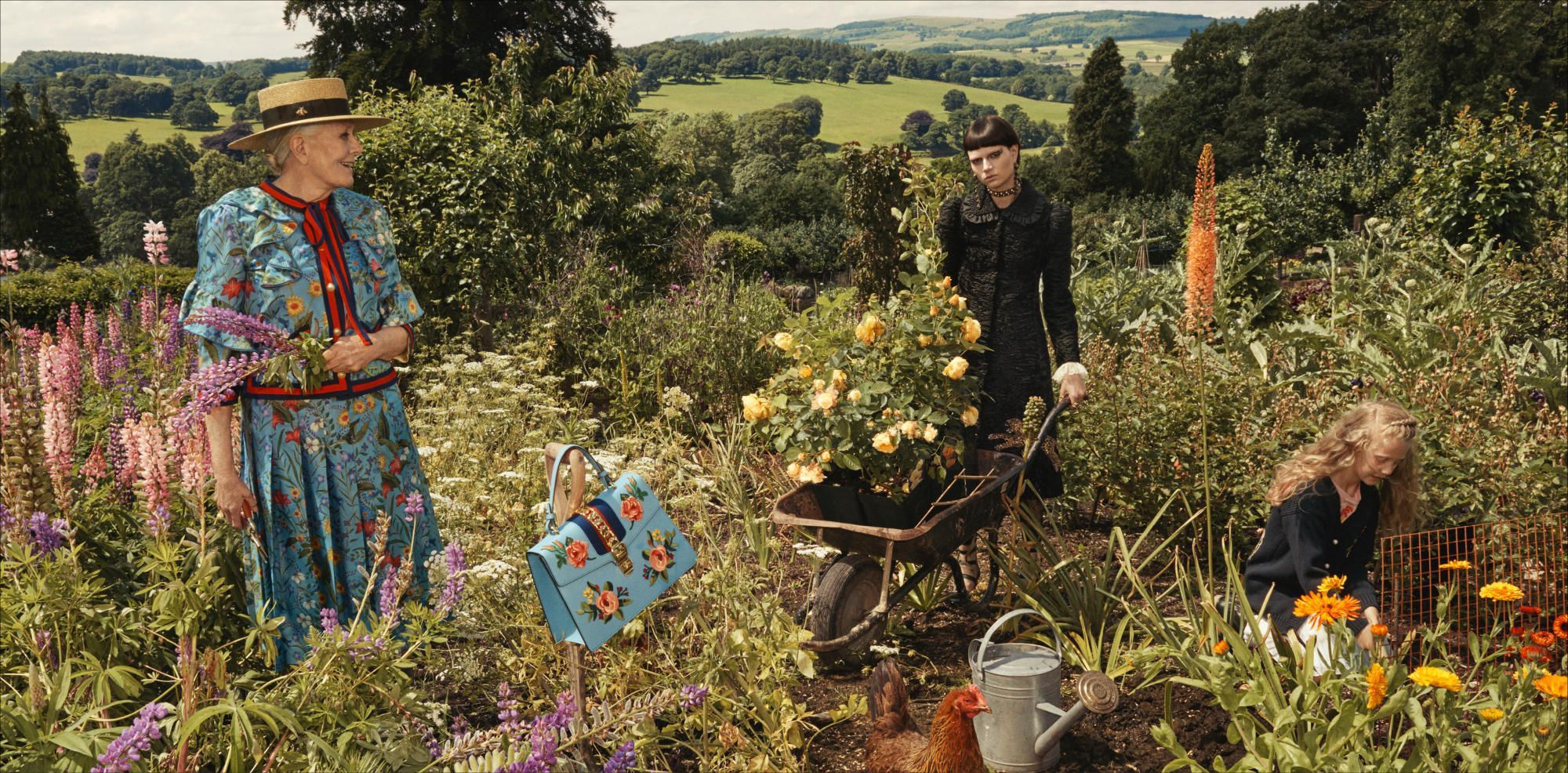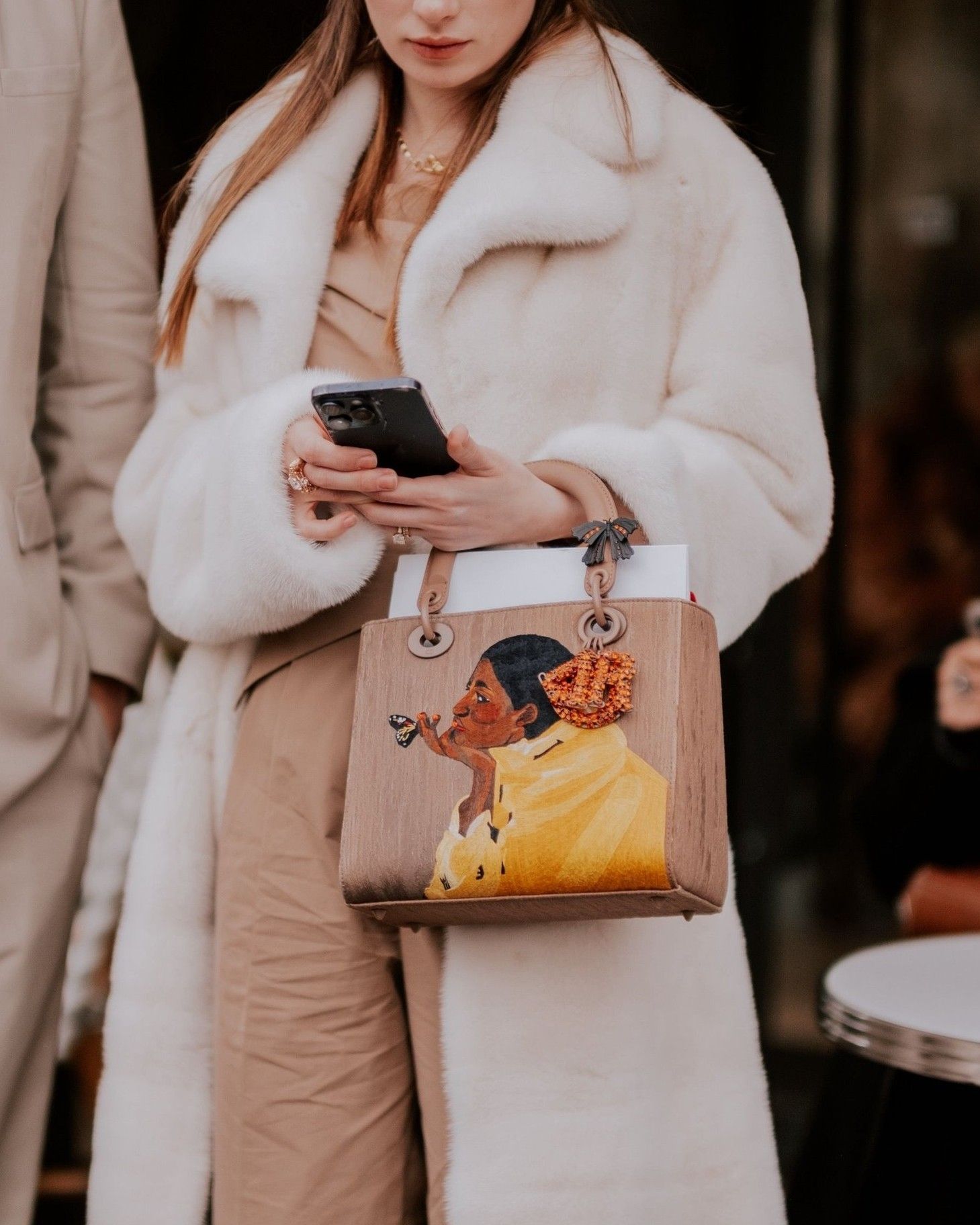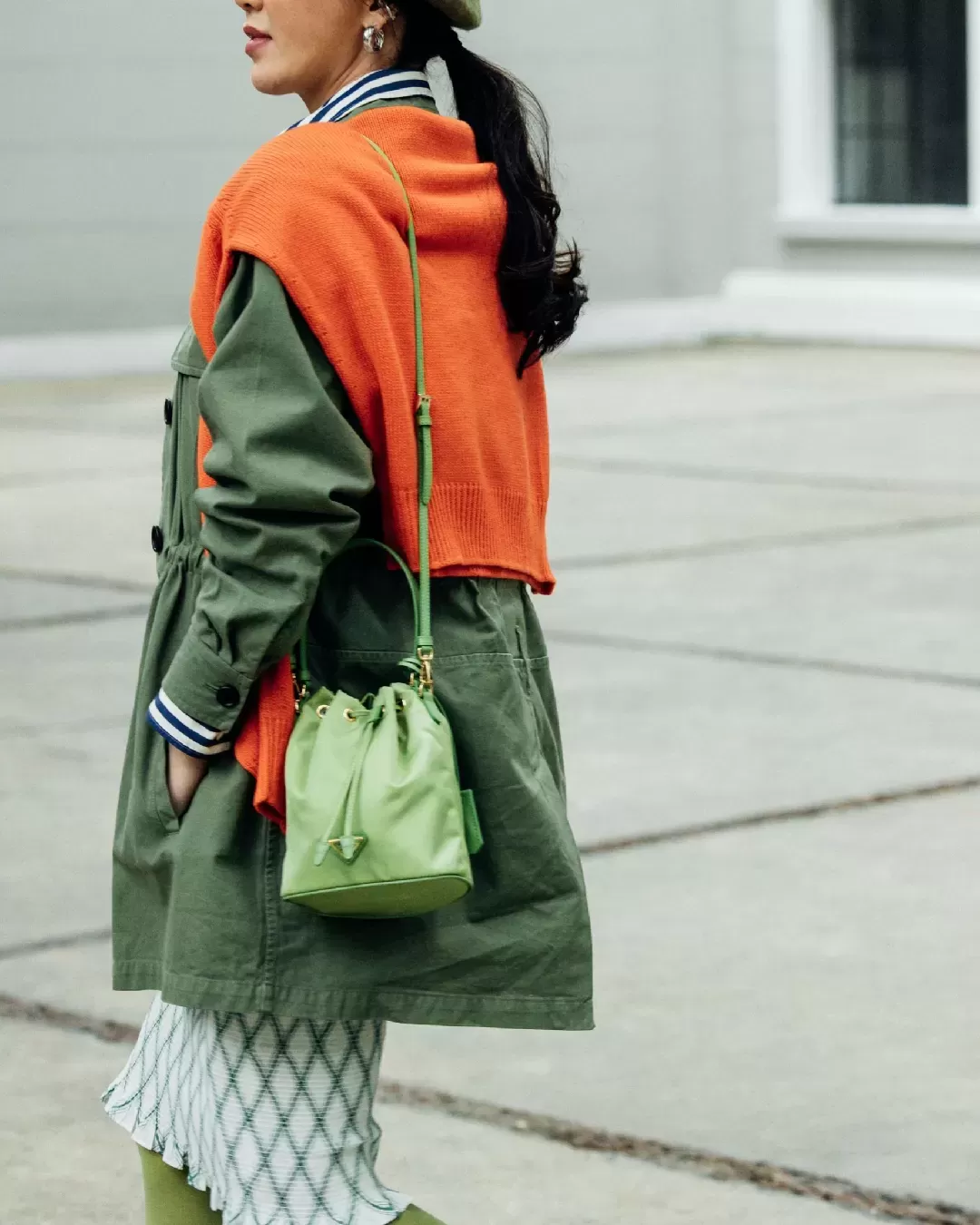
A short vocabulary of sustainability The terms and definitions you need to know to truly understand 'sustainable fashion'
For at least two years now, sustainability has been the most discussed and abused word in the fashion industry, a buzzword, a sort of label to apply to your business to look like you're up to date with the latest topic of discussion, proving that you're green and ethical. Obviously, it's not enough to say that you are sustainable to be truly sustainable, just as it's not enough to use terms such as 'upcycled' or 'regenerated' to prove your green soul.
On the occasion of Earth Day 2021, nss magazine drew up a short vocabulary of the most used and repeated terms by brands, media and consumers in the sustainability field, trying to better understand what we are talking about when we talk about sustainable fashion.
Traceability
Together with its synonym 'transparency', this is the latest focus for brands and major fashion houses, the latest matter on which to improve to provide the final consumer with all the information they need before making a purchase. This definition indicates the entire production chain that led to the creation of the item, the raw materials used, the fabrics, the components that make up the item, the different factories where it was produced, the transport to the stores, the shipping and the stocking. A product can be said to be truly traced if it's possible to reconstruct the entire cycle that led to its marketing. It's specifically on this issue that the big brands of the fast fashion industry struggle to be transparent.
Circular
The adjective undoubtedly falls into the top 3 of the most pronounced words in the fashion industry when it comes to sustainability. As in many other cases that we will see later, this is a huge and very broad definition, which includes general and systematic practices. A product can be said to be circular when it was designed and created to be recycled. Circularity takes into consideration the entire life cycle of a product, from the way it was created and produced to the way it's distributed and stored, but also takes into consideration the design of a product, that mustn't be connected to seasonal trends, and that makes use of quality fabrics that resist over time.
Greenwashing
With the widespread diffusion of the theme of sustainability, the initiatives and campaigns of brands that have tried to ride this green wave have multiplied. The term is a neologism composed of the terms green and whitewash, which indicates all those advertising stunts, marketing operations and campaigns that want to present the brand as eco-friendly, without clarifying how the brand is truly sustainable or what actions it is undertaking to become sustainable.
Organic (cotton)
Once again, this is a very broad definition that varies according to the regulations of the various countries, but which basically refers to the materials used and the way in which they were grown. More generally, it means that no pesticides, chemical fertilizers, GMOs, or other chemical agents have been used in the cultivation of a particular material. The cultivation is therefore natural. However, organic cotton still has an environmental impact, especially in terms of gas emissions, water use and water pollution, and is therefore not the most complete response to the demands of a truly green fashion.
Recycled & Upcycled
Although these two terms are often used interchangeably, there is a subtle difference between the two. 'Recycling' refers to an industrial process through which a product is broken down into the various parts that compose it, returning it to the basic materials that make it up, which will be reused to produce something new. 'Upcycling', on the other hand, has to do with reimagining the function of an object, modifying it, without destroying it, to use it in a different way.
Ethical
This adjective is often used as a synonym for sustainable, but as nss magazine reported some time ago, the two terms indicate very different areas, often inappropriately united. The adjective connected to ethics has a much broader spectrum because, in addition to indicating the entire production chain of a brand, and therefore the environmental impact of a company, it indicates above all the conditions of the workers employed by that brand. An ethical work environment takes into account wages, working conditions, and the safety of the people employed. It's therefore a very difficult parameter to measure and prove, especially if there's no traceability that provides clarity and transparency on all the production phases of a company.
Biodegradable
The adjective indicates products or materials capable of deteriorating naturally without having negative effects on the environment. These are fabrics and materials that dissolve in the chemical agents that compose them in natural environmental conditions, thanks to the action of biological agents such as bacteria, plants, animals, sun and water. By degrading, the materials are transformed into nutrients for the soil, carbon dioxide, water and biomass. In the field of fashion, we are talking about garments made of non-synthetic materials or that do not contain chemical agents, such as organic cotton, silk or hemp.
Carbon-Neutral
Another macro-theme, another huge goal to be achieved, both for the fashion industry and for any other production sector in the world. Becoming carbon-neutral means eliminating all carbon emissions (carbon dioxide, methane, nitrogen oxide) that are dispersed throughout the production chain. Brands and companies should therefore keep track of all emissions dispersed throughout the supply chain, a complicated and often not very transparent operation, so much so that there are many realities that to overcome the problem, decide to plant trees and entire forests, to offset at least in part their emissions.
Regenerated / Regenerative
This seems to be the new favourite buzzword of the fashion industry, used above all in reference to a particular type of agriculture, closely linked to the natural rhythm of nature. The goal of this practice is to enhance and amplify the biodiversity of a territory, not altering it or distorting it with cultures or practices that are far from the tradition of the place. It's a slow-fashion model, which sacrifices production volumes and the pace of work to follow the natural course of nature.










































